The proven all-in-one platform to maximize ad revenue
Protect your ad revenue against invalid traffic and ad fraud
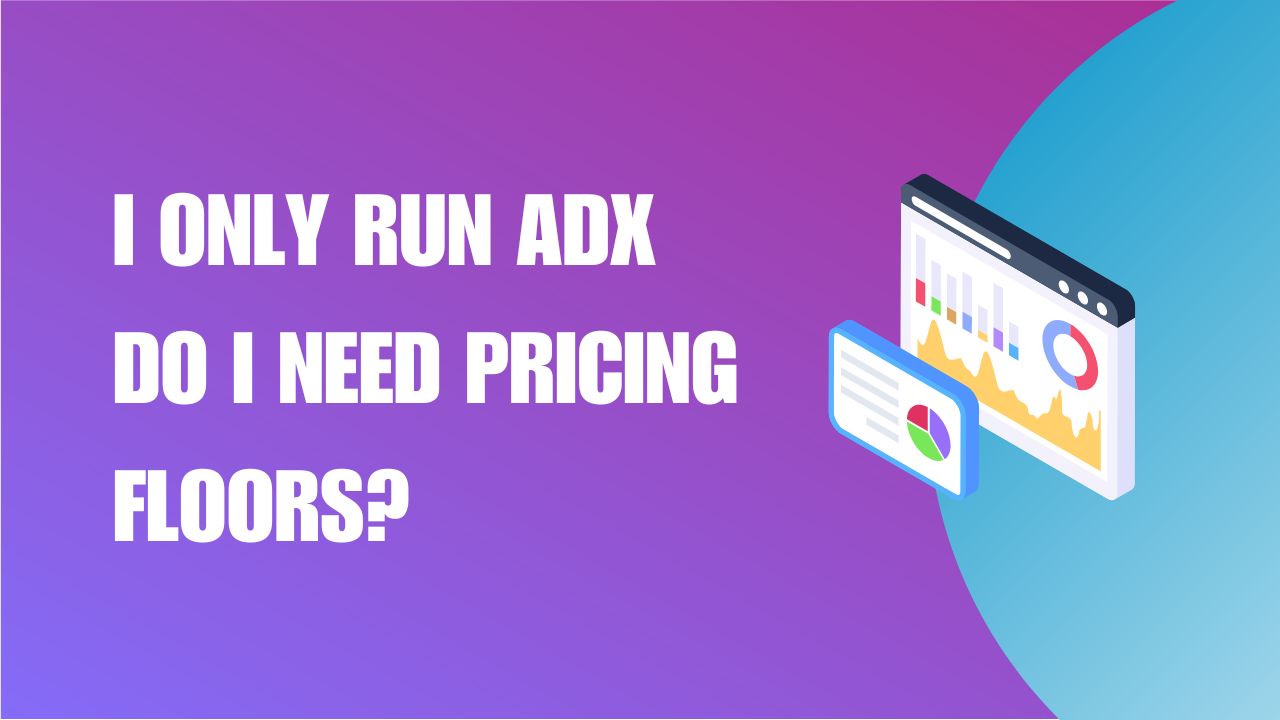
There could be many reasons behind the use of Unified Pricing Rules (UPR). Some publishers use it to exclude cheap paying ads which are usually causing redirects or popups on the site, or to simply push the bids up. Setting up a target CPM or floor CPM sends a message to advertisers on how valuable your inventory is – but there is a downside to it, when not properly done.
UPRs could make or break your overall monetization strategy. It takes careful planning and execution to ensure that you maximize the benefits. If you are only running Ad Exchange and nothing else, to monetize your ad inventory, assess whether it’s right for you or not.
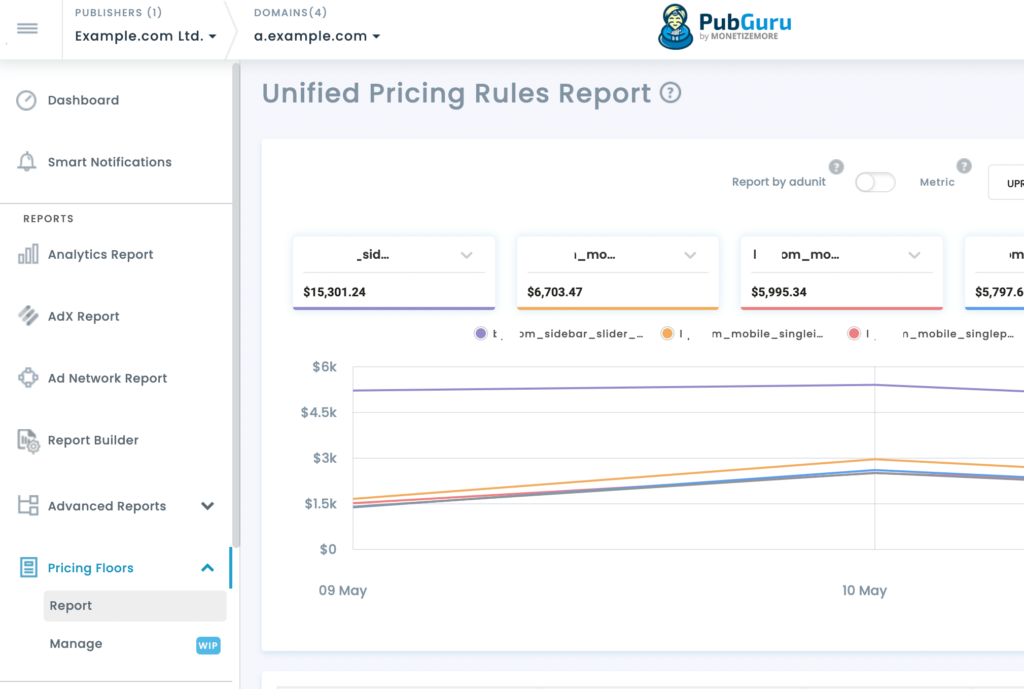
It’s natural to be cautious about any change that could potentially impact your ad revenue. Here are two common reasons why publishers might hesitate to implement Unified Pricing Rules, even if they primarily rely on AdX:
These hesitations are valid! That’s why a cautious testing approach, starting small and gradually expanding, is crucial when implementing UPRs on AdX.
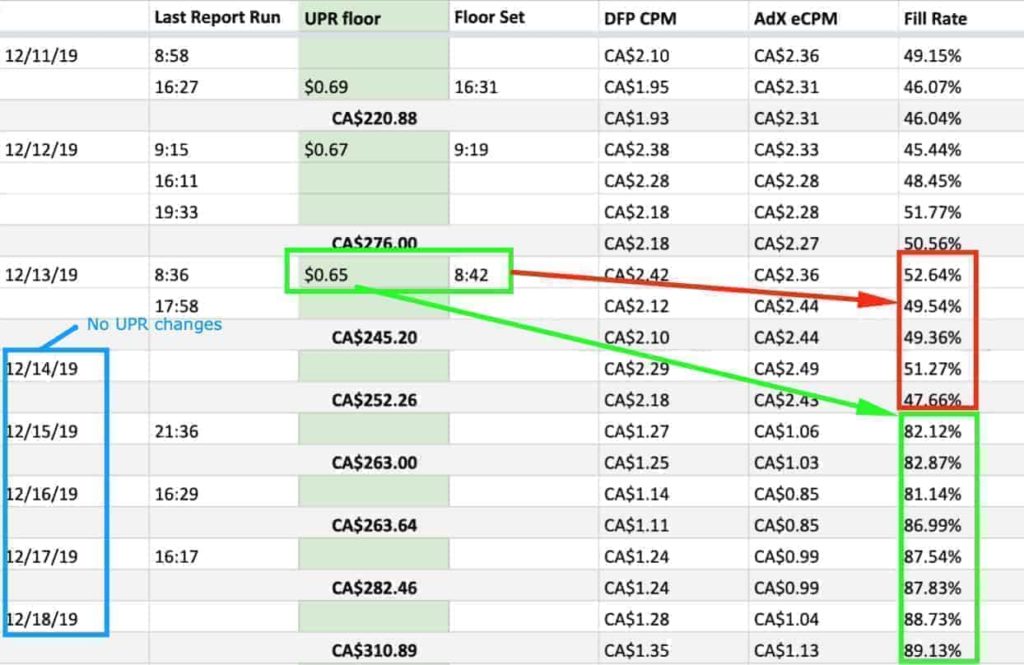
While UPRs can be valuable for many publishers, they might be particularly worthwhile to consider if you’re primarily using AdX and experience the following:
UPRs are not a magic bullet, but a tool within your toolkit. If you are struggling with the issues outlined above, they might be worth testing carefully – especially if your current AdX setup leaves room for improvement.
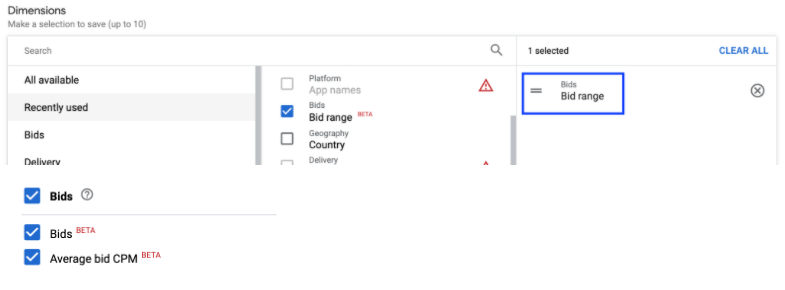
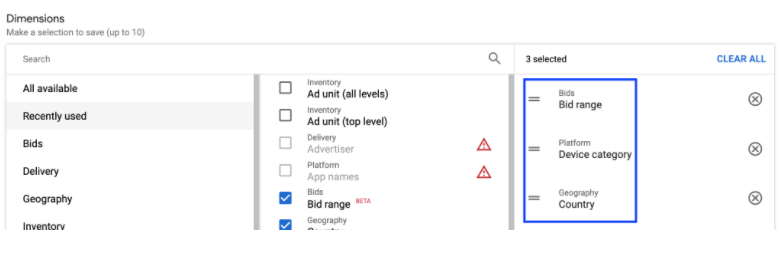
UPRs are not prioritized, and their order is not important. The pricing rule that’s chosen in a given ad request is solely based on targeting.
The bidder pays the second-highest price in a second-price auction. In this case, the floor price may increase the closing price of the auction.
In a first-price auction, buyers pay what they bid, so the floor price is of no use in closing the gap between the highest bid and the second bid.
Google has now transitioned to first-price auction.

Running Ad Exchange alone doesn’t mean you can’t implement UPRs. Although this setup is much more fragile than having multiple demand sources in competition, it might be worth testing out—with extreme caution.
Start conservatively and slowly (e.g. 1 to 2 ad units, 1 to 2 countries initially), then monitor the impact on overall performance.
Don’t let your impressions go to waste. Set up a passback or House line item to minimize unfilled impressions. Remember not to use Google Demand as House, though, as it’s considered a policy violation. You can opt to use a 100% fill third-party Ad Network or use your own image creative and link to other sections of the site to increase pageviews.
Partner with MonetizeMore if you’d like to explore competing multiple demand sources to increase your ad revenues.

With over ten years at the forefront of programmatic advertising, Aleesha Jacob is a renowned Ad-Tech expert, blending innovative strategies with cutting-edge technology. Her insights have reshaped programmatic advertising, leading to groundbreaking campaigns and 10X ROI increases for publishers and global brands. She believes in setting new standards in dynamic ad targeting and optimization.
10X your ad revenue with our award-winning solutions.